Want egg whites that look like snow? See how you can make them and what the factors that influence the receipt of desired snow are.
Fat - even small traces of it would heavily affect the breaking of the snow. Break and separate the whites from the yolks, as shown in the above screenshot, place the first in a completely clean and dry bowl. In the egg whites, there should be no remnants of egg yolks, because they contain fat. The beater, which you will use later should also be clean and dry. It's nice to not use plastic containers because they absorb fat better and fat can remain there, even after thorough washing.
Temperature and time - whites must be at room temperature, not cold when you start breaking them. At room temperature, egg whites are more elastic and will form good air bubbles. Cold egg whites require a longer and harder beating.
Acids - if you add a bit of acid, such as lemon juice or vinegar, it will help the egg whites to reach full volume and stiffness. Use ¼ tsp lemon juice for 1 egg white.
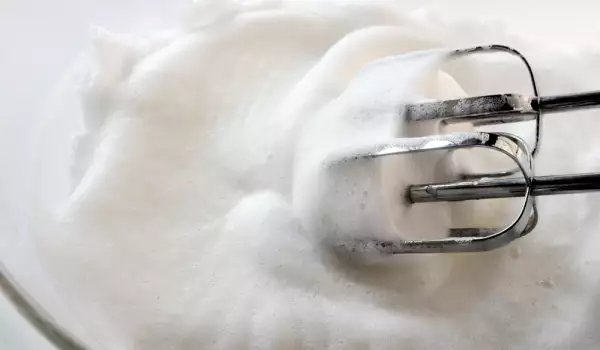
Salt - adds to the easy whipping of egg whites, even when they are used for sweets. Put it in, before beating.
Sugar - egg whites beaten with sugar make a nice and hard snow. It serves to help stabilize the cream and ensures sufficient hardness, because this way, the water drains from the structure of the egg whites. The moment of adding the sugar is very important to whipping. If you want to add ¼ cup sugar or less, it is nice to do it in the beginning. If you use more sugar begin to slowly add it when the egg whites are whipped into hard snow. In either case, add sugar slowly to the side of the bowl, not directly in the center.
Degrees of whipping egg whites - start from a lower to a higher speed of whipping. Beat at a low setting, until you get a nice foam, then increase to medium and then high speed.
Time - once whipped, the snow should be used immediately, as in about 5 minutes, its structure begins to spoil.
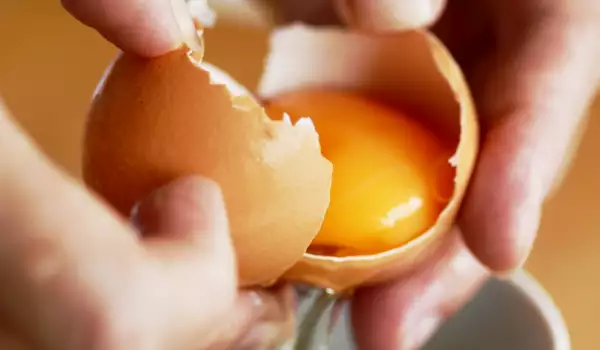



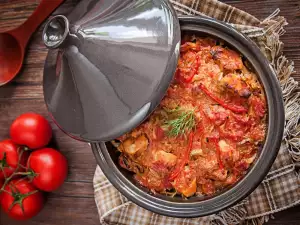
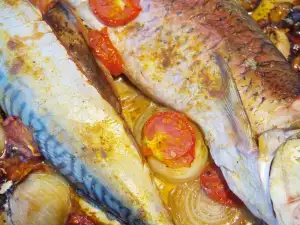
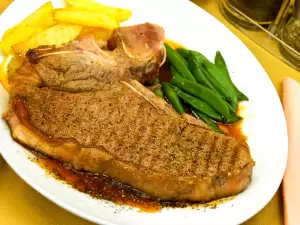



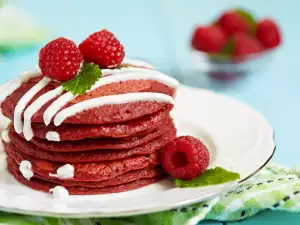

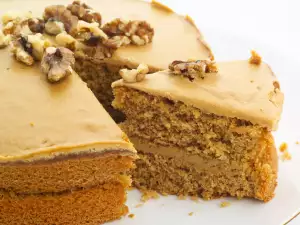
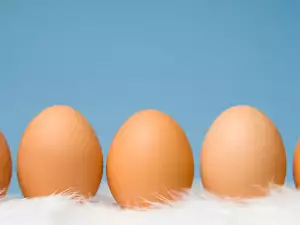

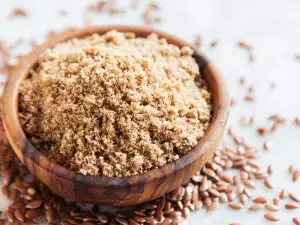




Comments